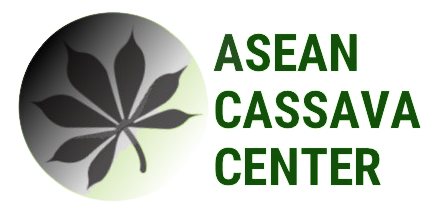Harnessing Cassava Residues for Sustainability
Utilization and Management of Biowastes from the Cassava Industry (Biowastes from cassava cultivation)
Cassava production generates agricultural residues and biowastes, including leaves, stems, and rhizomes. These residues make up 24% of the plant, with Thailand producing 1.65 MT/y of leaves, 3.63 MT/y of stems, and 2.64 MT/y of rhizomes annually. Currently, they are often discarded in fields or incinerated. However, their composition suggests potential uses such as animal feed, compost, and charcoal production.
Leaves contain 24-50% protein and 50-52% carbon, with a C/N ratio of 2.2-4.4, making them suitable for animal feed. Stems have a high lignocellulose composition, rich in cellulose (32%) and lignin (27%), and lower hemicellulose (14%). Rhizomes have high carbon content (54%) and lower essential nutrients like nitrogen (1.5%), phosphorus (0.5%), and potassium (1%).
Traditionally, agricultural residues help prevent soil erosion and retain soil moisture when left in fields. Leaves can be used in animal feed, while stems and rhizomes have applications in biomass for cooking, biochar production, and construction materials like plywood and parquet. Composting these materials with inoculum, molasses, and cow manure creates fertilizers for cassava crops. Rhizomes and stems can also be converted into charcoal or biochar, with high calorific value, suitable for heating and cooking oil, as well as carbon sequestration and soil improvement, acting as a valuable soil conditioner and carbon storage medium.
